1. Humanities Exhibition Area (East Hall, 1st Floor) 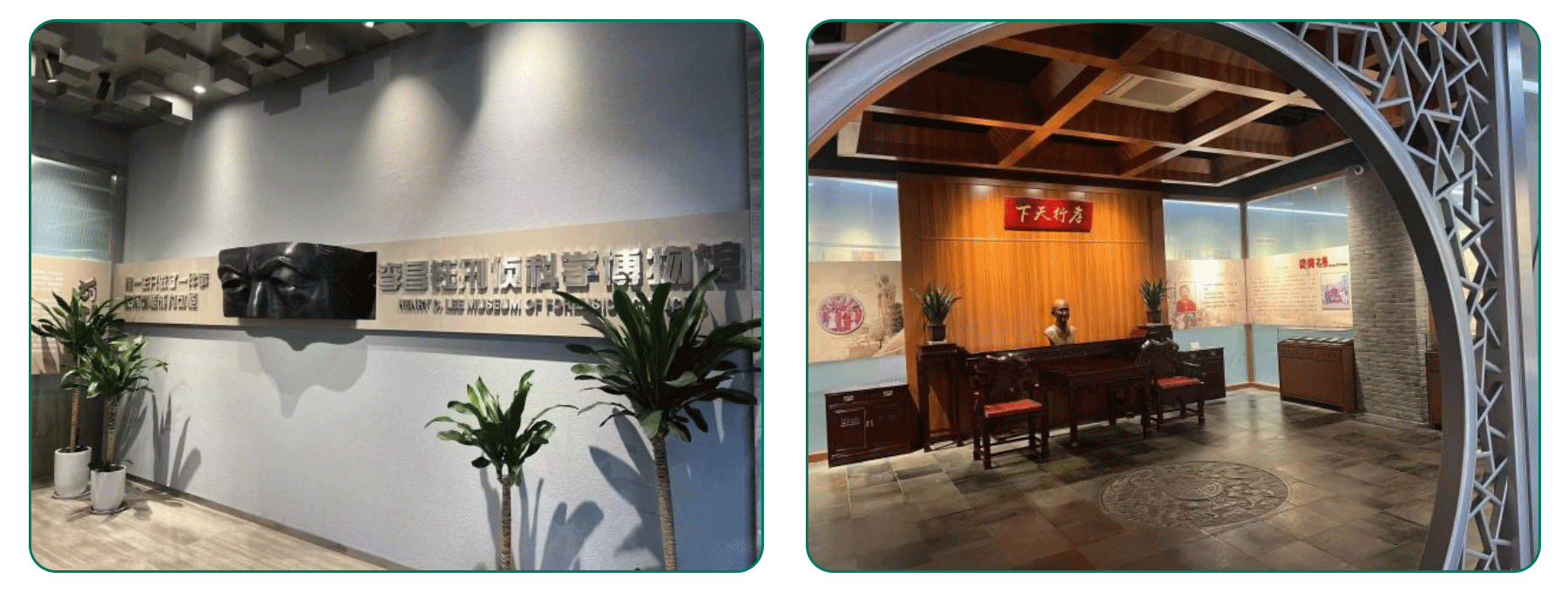
This area introduces the life of the legendary forensic scientist Dr. Henry C. Lee, featuring his family traditions, educational background, and major accomplishments.
2. Forensic Science Exhibition (East Hall, 2nd Floor) 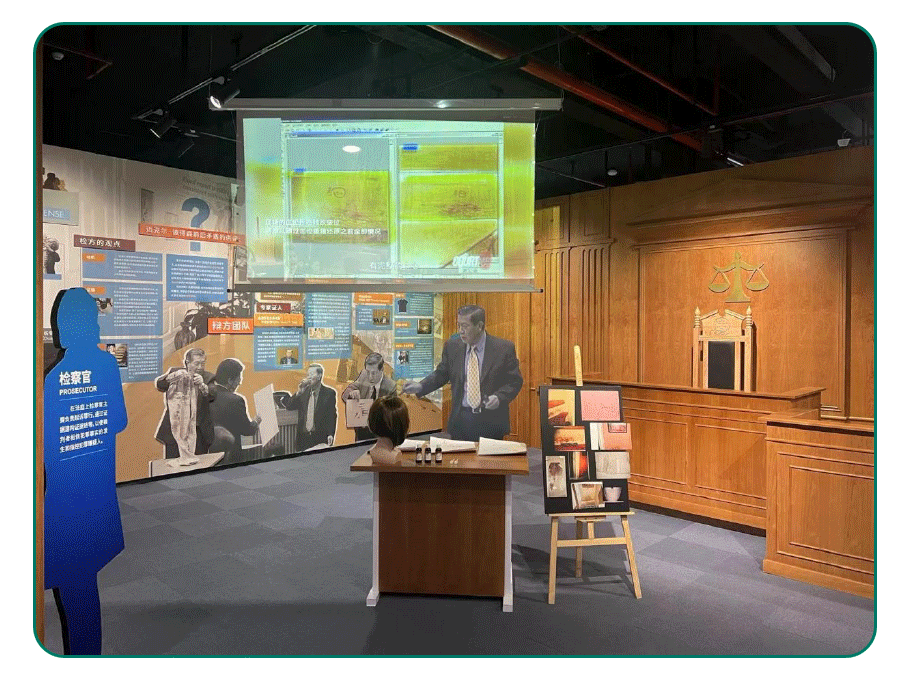
Divided into eight sections, it demonstrates the entire process from initial police investigation to crime scene reconstruction and features several famous cases.
3. Linking Corridor 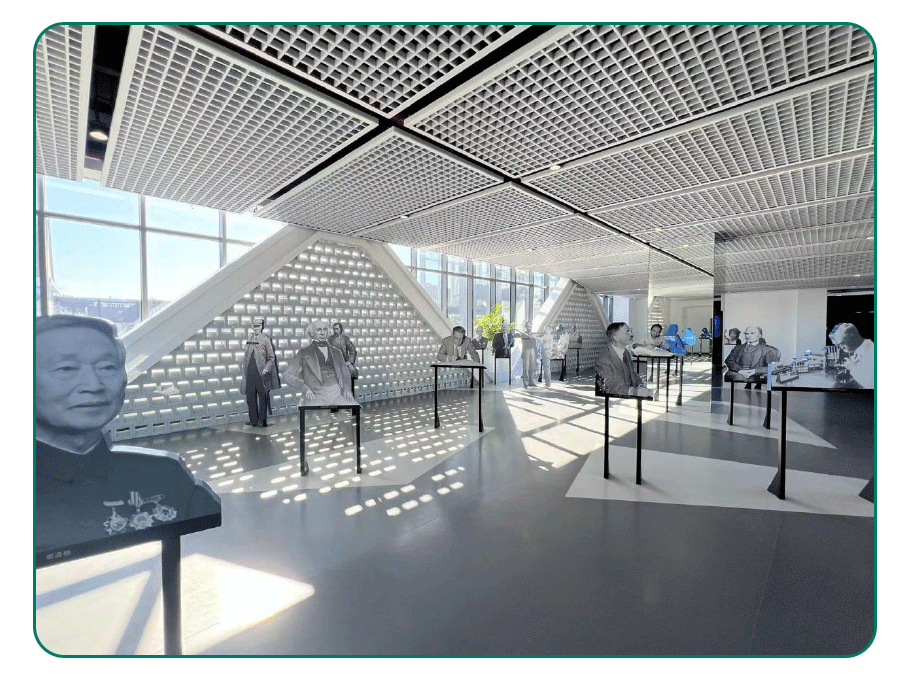
Connecting the museum’s East and West Halls, it also serves as the Forensic Scientists Hall of Fame.
4. Crime Scene Investigation and Analysis (West Hall, 3rd Floor) 
It faithfully recreates the crime scene of the O.J. Simpson case, introducing on-site inspection equipment, methods, and proper evidence collection and preservation techniques.
5. Physical Evidence (West Hall, 3rd Floor) 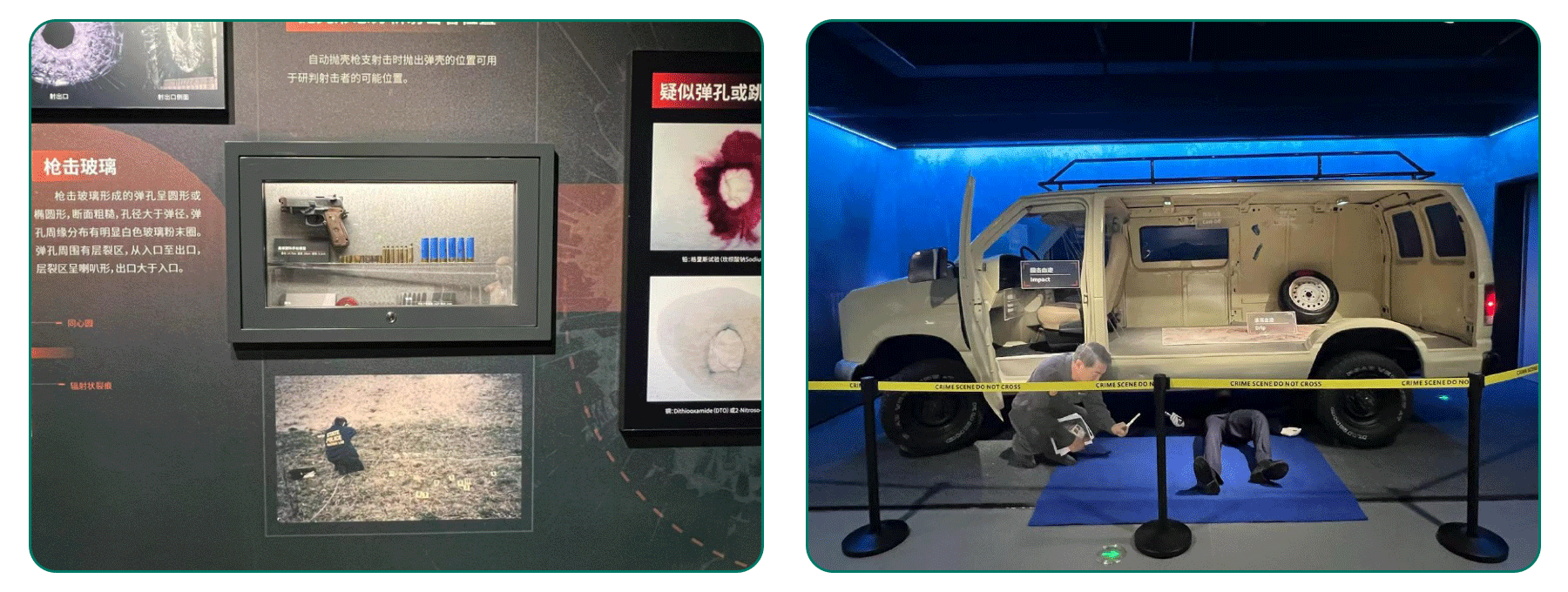
It covers traditional forensic trace evidence, as well as document examination, forensic engineering, and bloodstain pattern analysis.
6. Medical Evidence (West Hall, 3rd Floor)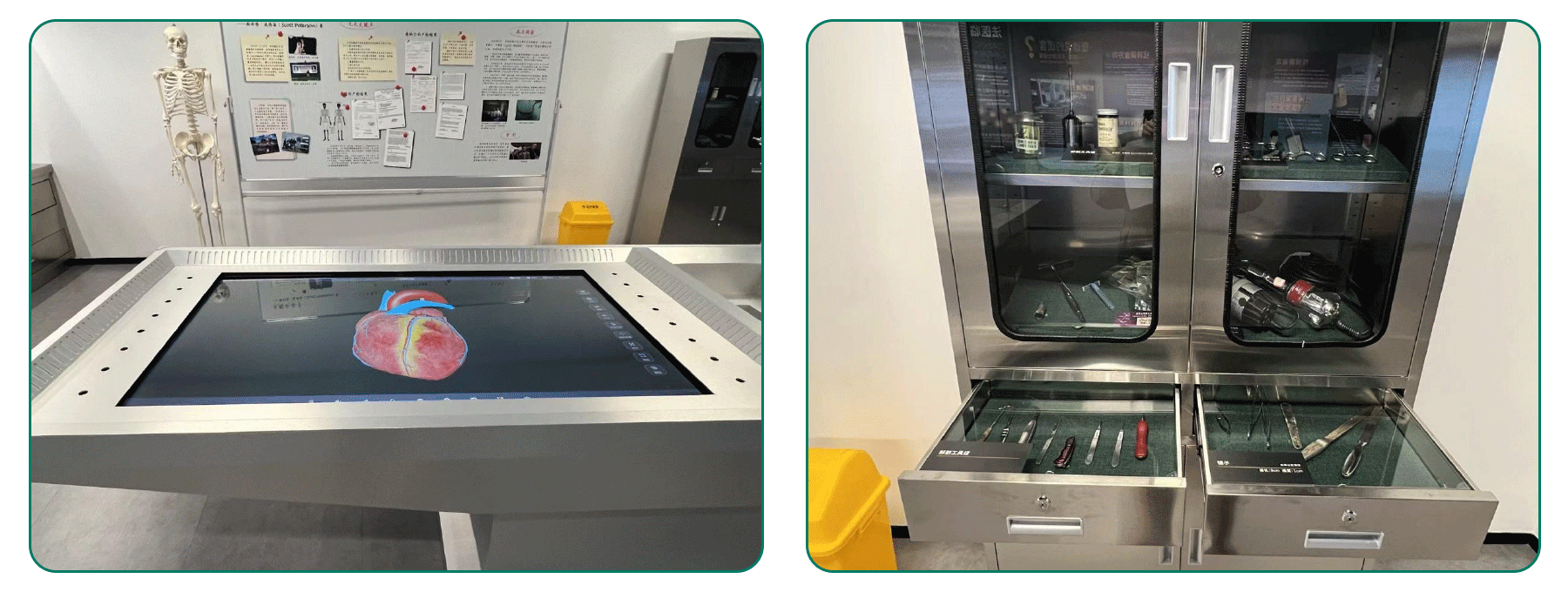
It applies forensic methods to confirm facts and determine cause of death, including forensic pathology, clinical medicine, archaeology , and other disciplines.
7. Biological Evidence (West Hall, 2nd Floor) 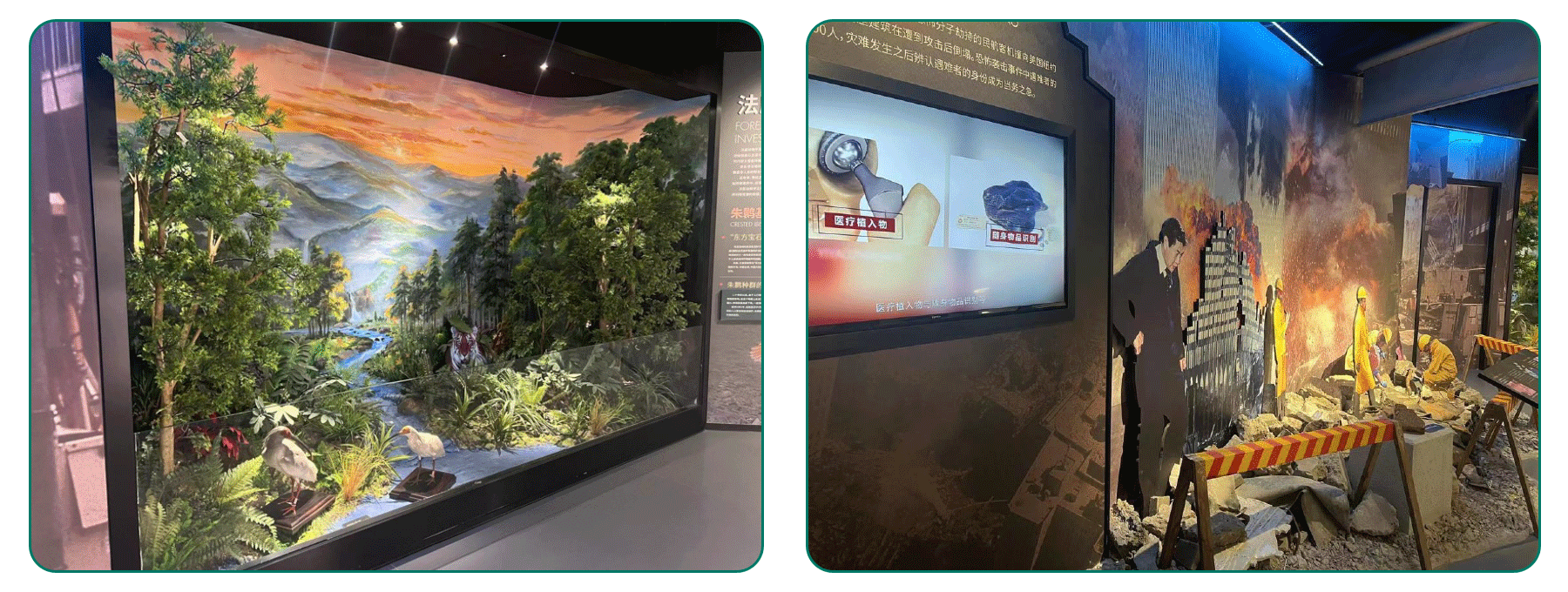
It shows how DNA from biological materials is used to identify suspects, prove criminal acts, and reconstruct events at crime scenes.
8. Chemical and Material Evidence (West Hall, 2nd Floor) 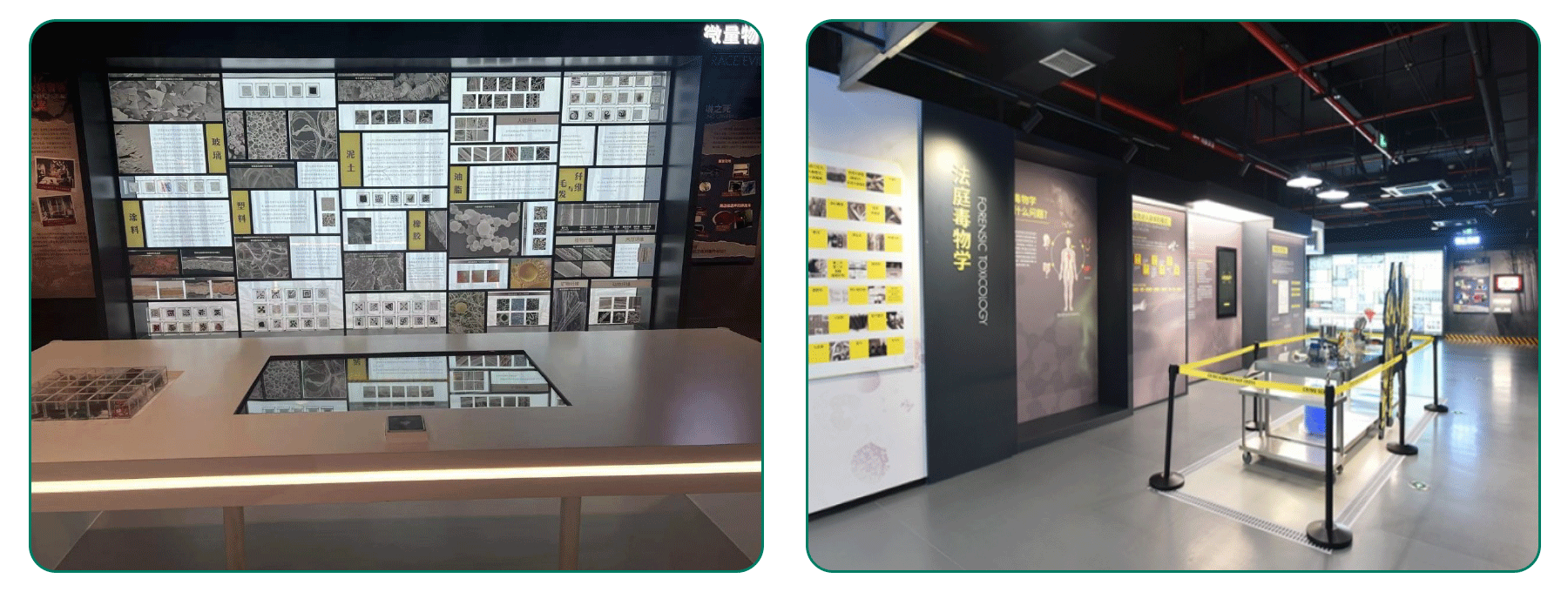
It applies chemical theories, technologies, and analytical methods to study the morphology, composition, structure, and laws of change of materials—all of which help prove the facts of a case.
9. Electronic Evidence (West Hall, 2nd Floor) 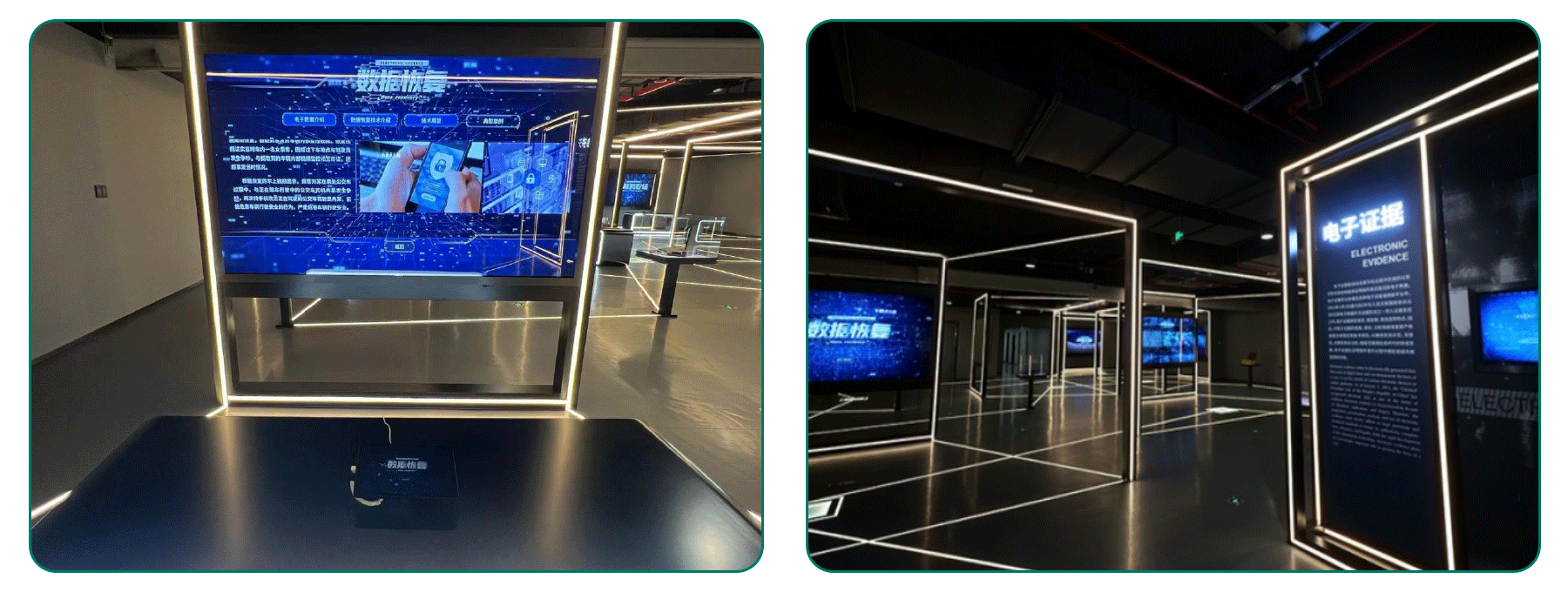
It introduces seven technical methods: data recovery, mobile forensics, cryptography, remote forensics, IoT, blockchain forensics, and simulation technology.
10. Crime Scene Reconstruction (West Hall, 1st Floor) 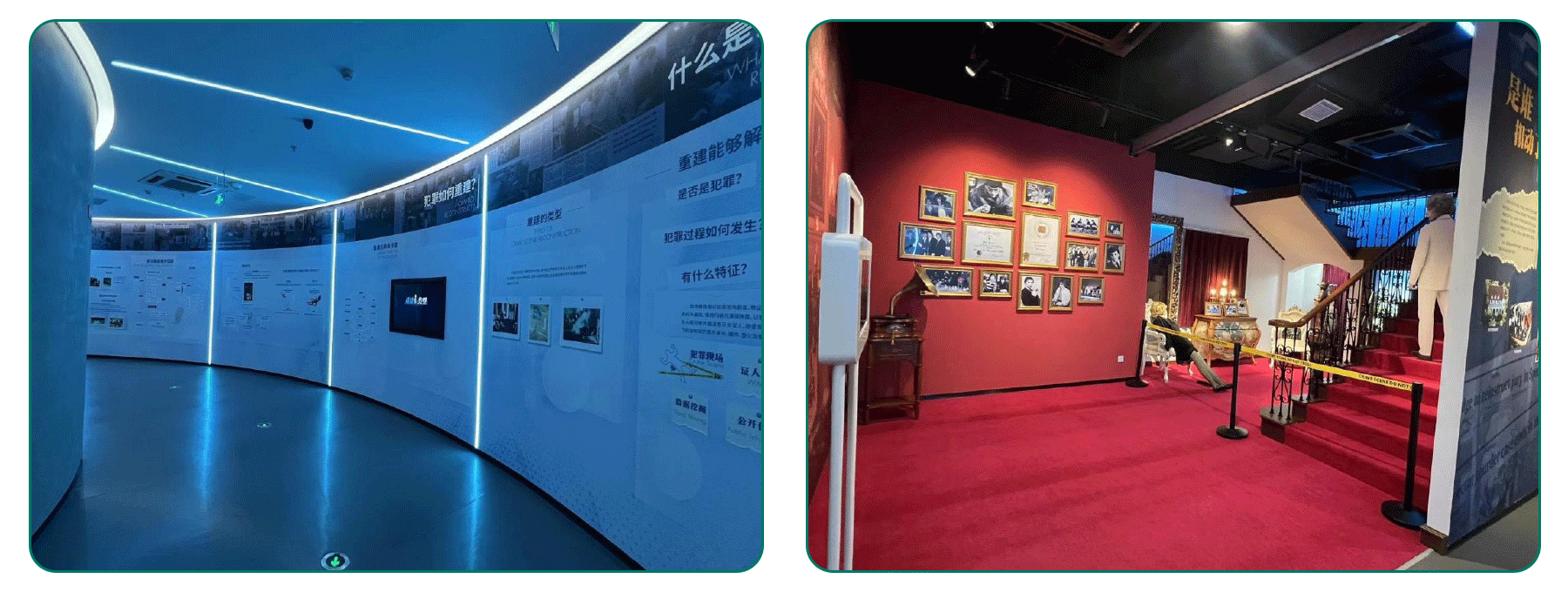
It presents six classic cases for visitors to examine, encouraging them to apply forensic knowledge to find clues, conduct investigations, and reconstruct the truth.


 救援电话:0513-80697120
救援电话:0513-80697120 地址:如城街道圃园新路199号
地址:如城街道圃园新路199号


